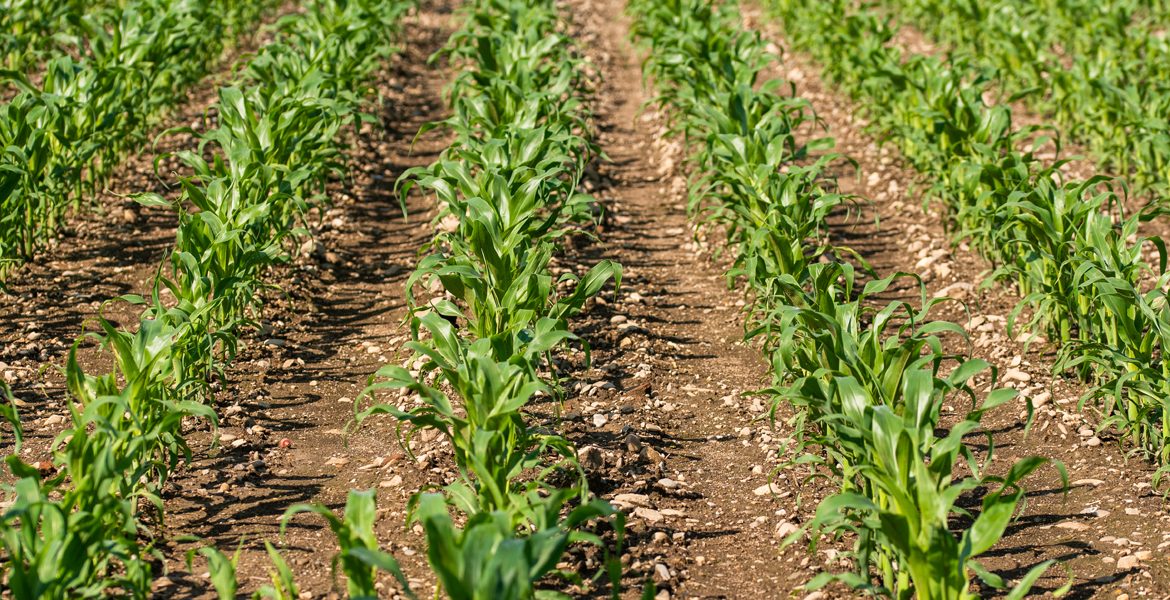There are many ways to go about planting a cornfield, but bucking the trend of 30-inch rows could be beneficial.
Recent research from Iowa State University shows some farmers are taking an increased interest in 20-inch rows. Mark Licht, Extension cropping system specialist, wrote that the narrow-row practice has shown improvement of light interception during pollination and overall yield increases.
“The primary reason is for light utilization and canopy closure,” Licht said. “Canopy closure is approximately 15 days earlier in 15-inch rows.”
Licht said narrow rows are beneficial for those facing planting delays.
“Narrow rows are even more advantageous in late-planting situations because they are able to capture available sunlight more quickly,” Licht said.
While the possibilities for a yield advantage exist with narrower rows, there are still many factors at play when choosing a new tactic. Recent Pioneer research showed the greatest benefits of narrow rows came in the northern Corn Belt, and it is typically more effective in wetter conditions.
“Research has not shown any broad advantage to narrow-row corn under drought stress conditions,” they said. “If water is not limited later in the season, the greater early uptake may be advantageous for the crop.”
Nitrogen efficiency is also increased in narrow rows, which allows for better seed spacing within the row. The plants don’t compete as much for resources.
However, where conditions are less than ideal, the cost of additional seeds for the extra rows may not result in as much overall economic return.
In soybeans, Licht wrote things can be much more variable. Placing seeds at a narrower width means more plants, but not necessarily increased overall yields.
“Soybeans have a tremendous ability to compensate for proximity to neighboring plants,” Licht said. “For instance, the higher the seeding rate, the more seed and plant mortality that occurs through the growing season.”
But another benefit of narrow row spacing is better weed control. A quicker-forming canopy prevents sunlight from reaching the weeds germinating on the ground.
While narrow-row planting is showing increased yield potential in some cases, that doesn’t take wide-row planting out of the equation. Some farmers have worked with going as wide as 60 inches, and while the goal isn’t necessarily for better yield, it benefits those who are heavy into cover crops.
Wider rows allow for more space for cover crops during the season, helping those who graze cover crops.
Some agronomists see that cover crops may not provide as much biomass when drilled after corn harvest. The shift to wider rows is with the goal to increase biomass in cover crops, therefore increasing soil health.
Author: Aaron Viner
Reference: https://www.agupdate.com/iowafarmertoday/news/crop/different-row-widths-have-different-benefits/article_e7920e9a-9fd1-11ec-a307-abef91e7c567.html





